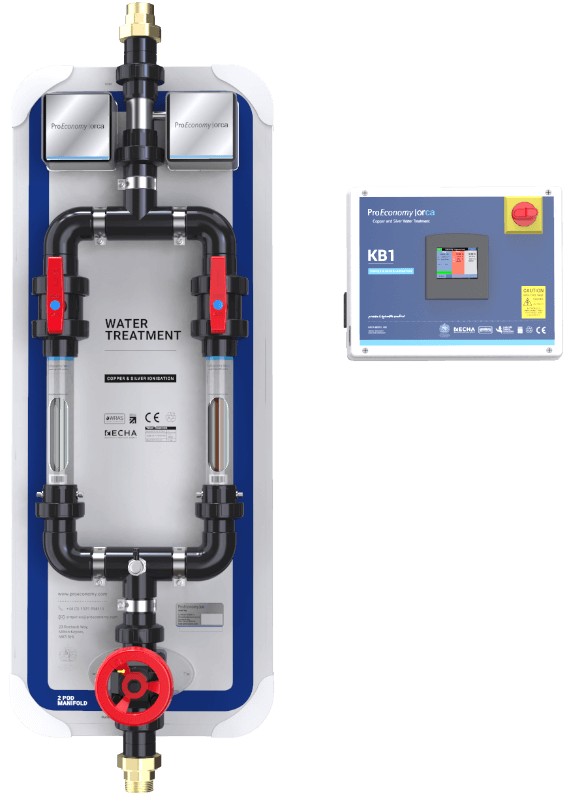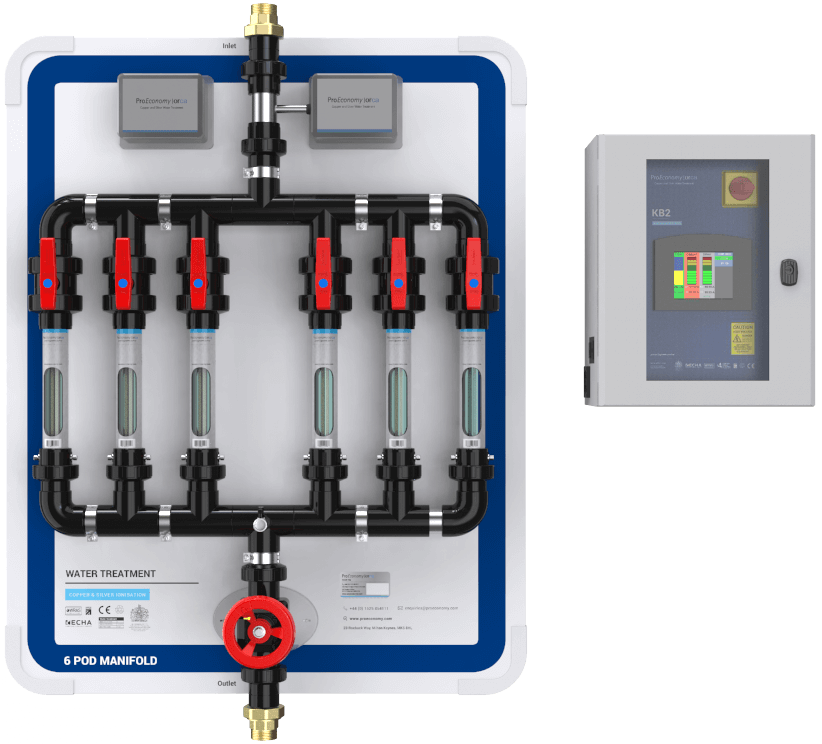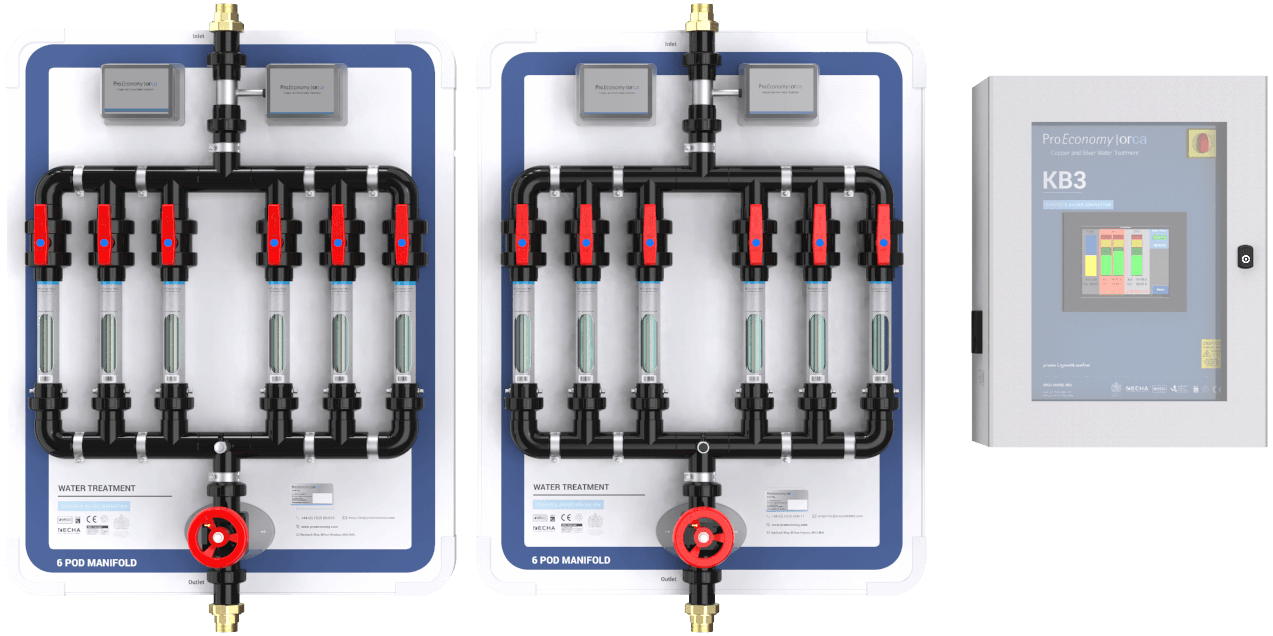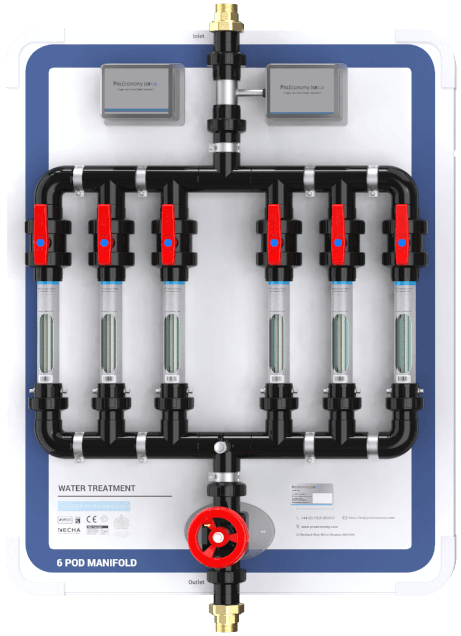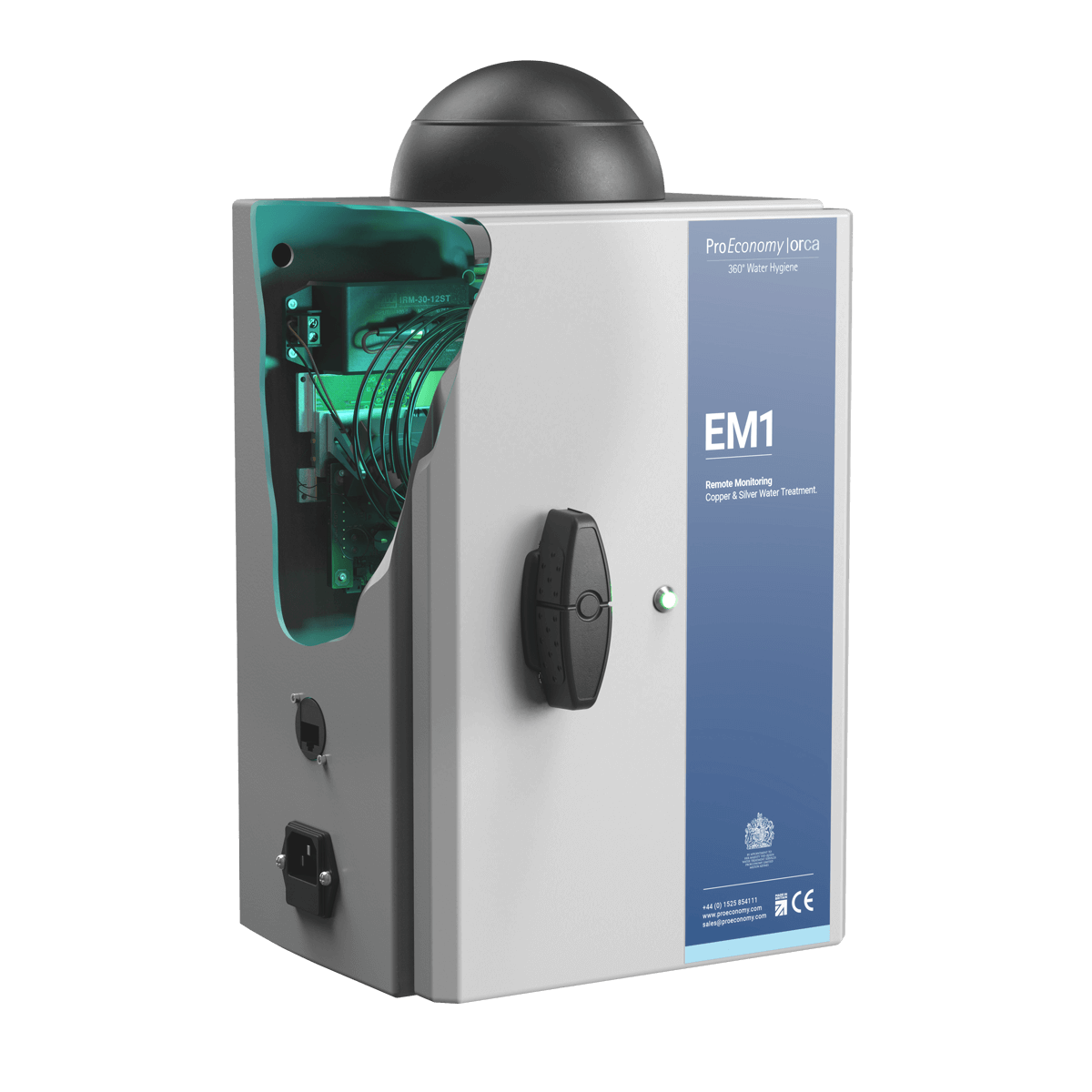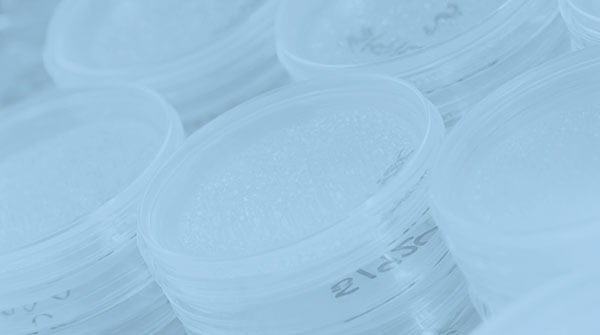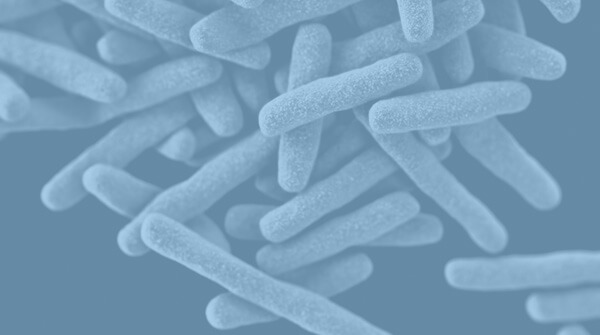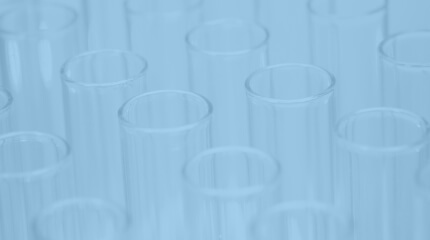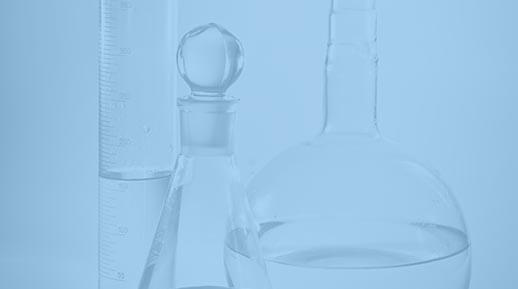Copper Silver Ionisation Effect On Pseudomonas
P. aeruginosa is more difficult to control in water systems than Legionella and can be extremely dangerous for patients in hospital or those who are immune-compromised. However, copper silver ionisation can effectively reduce Pseudomonas in hospital water systems.
About Pseudomonas
Pseudomonas aeruginosa is a common biofilm-forming Gram-negative bacterium, often found in soil and ground water. This is implicated in diseases, especially of the lungs, but, it can cause a wide range of infections in almost any organ or tissue. Pseudomonas is an opportunistic pathogen that rarely affects healthy individuals. Instead, it affects patients with a weakened immune system, such as cancer patients, newborns and those with severe burns, diabetes mellitus or cystic fibrosis (DH, Estates & Facilities, 2013).
Pseudomonas is known to flourish particularly well where it has access to a higher level of oxygen and the temperature is between 11˚C - 44˚C, although some are able to multiply at just 4˚C.
As a direct result of the deaths of four neonates in Northern Ireland in 2012, an addendum to Health Technical Memorandum 01-04 (DH, England, 2013) was produced to advise National Health Service managers on how to deal with the presence of P. aeruginosa in augmented care units.
The guidance was based on current expert opinion and limited scientific evidence (Walker and Moore, 2015), and was concerned with controlling and/or minimising the risk of mortality due to P. aeruginosa associated with water outlets.
You can find out more about Pseudomonas here.
Pseudomonas Control
P. aeruginosa is more difficult to control in water systems than Legionella. This is because Pseudomonas is a successful organism in terms of biofilm formation and colonisation. Furthermore, evidence suggests that the presence of microorganisms within a biofilm substantially increases the problems associated with decontamination of those water systems. Unlike Legionella, Pseudomonas can infect patients directly via hospital workers touching a wound, for example, and by both staff and patients touching contaminated surfaces. P. aeruginosa is also commonly associated with antibiotic resistance.
An important source of P. aeruginosa contamination is biofilms (Bedford et al. 2012). A study by Quick et al. (2015) showed that plumbing components such as flow straighteners, shower rosettes, flexible hoses, solenoid valves and thermostatic mixer valves (TMVs) are particularly at risk of biofilm formation due to factors including surface areas, complex designs and inadequate pasteurisation. Their study confirmed the presence of P. aeruginosa in scrapings from a TMV from a shower room, and the species covered 95% of the base reference genome used in the study. Although most bacteria will remain fixed within biofilms, some will become detached resulting in free-floating or planktonic forms that can contaminate the water (DH, Estates & Facilities, 2013).
Effective Pseudomonas Control Using Copper and Silver Ionisation
A study by Huang et al. (2008) showed that all copper ion concentrations tested, at the concentration applied to Legionella control, in their study (0.1–0.8 mg/L) achieved more than 99.9% reduction of P. aeruginosa which appears to be more susceptible to copper ions than S. maltophilia and A. baumannii.
Silver ions concentration of 0.08 mg/L achieved more than 99.9% reduction of P. aeruginosa, S. maltophilia and A. baumannii, after 6, 12 and 96 h, respectively. A combination of copper and silver ions exhibited a synergistic effect against P. aeruginosa and A. baumannii. Meanwhile the combination exhibited an antagonistic effect against S. maltophilia. They concluded that ionization may have a potential to eradicate P. aeruginosa, S. maltophilia and A. baumannii from hospital water systems.
ProEconomy has compiled data from seven UK hospitals using the copper and silver ionisation Orca system for pathogens control in water systems. Table 1 shows the summary data. It can be observed that from a total of 6,037 samples obtained from all hospitals over a five-year period, only 545 samples (9%) were contaminated with P. Aeruginosa.
You can find out more about Pseudomonas control with copper silver ionisation here.
